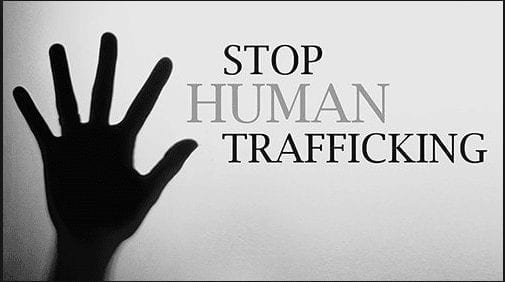
Antitrafficking Policies in Asia and the Russian Far East: A Comparative Perspective
Russia is currently the largest source country for trafficked women. Increases in unemployment after the collapse of the Soviet Union, the devaluation of the ruble, and a rise in organized crime have created a climate conducive to trafficking, especially in the impoverished Russian Far East (RFE). Many women are lured into trafficking rings by promises of legitimate work abroad, uninformed of the day-to-day activities that their job will entail. This article examines the trafficking situation in the RFE and its Asian neighbors. It focuses specifically on the role of women’s organizations in anti-trafficking efforts in China, Japan, South Korea, and Russia. Analysis reveals that grassroots women’s organizations are the lynchpin in Korea’s successful anti-trafficking policy. These organizations most effectively address the social and economic factors that make women vulnerable to traffickers. Funding women’s organizations and encouraging civil society development must be a part of anti-trafficking policy in the Russian Far East.
